Students Use Their Tech Know-How to Protect the Environment
Cars That Think
APRIL 20, 2023
Some teams are working on their projects as part of an engineering curriculum or a senior design project. and its environs. Seven Ohlone College students who are part of the IEEE STEAM (STEM plus arts) Club in Fremont are working with two community volunteers to design a solution. Here are four of the 10 projects.

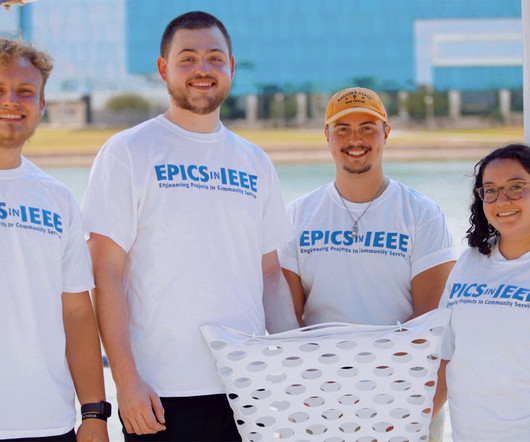


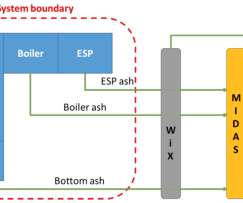











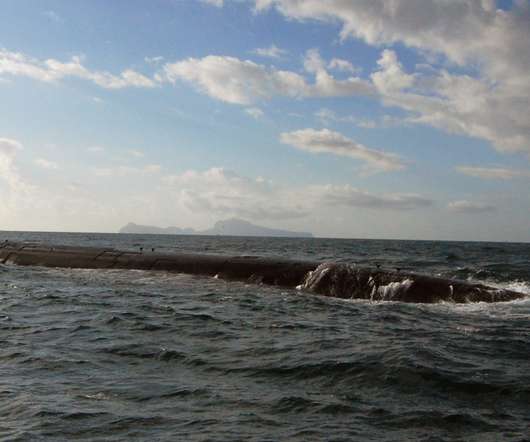




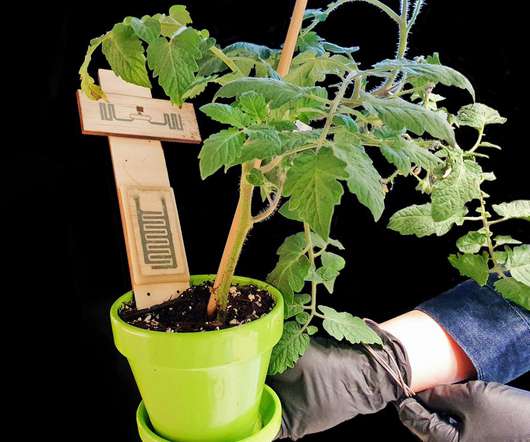









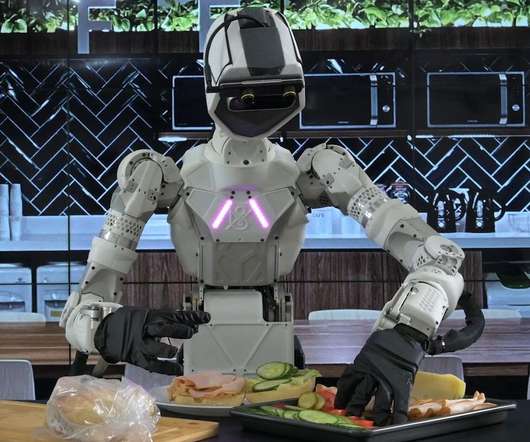

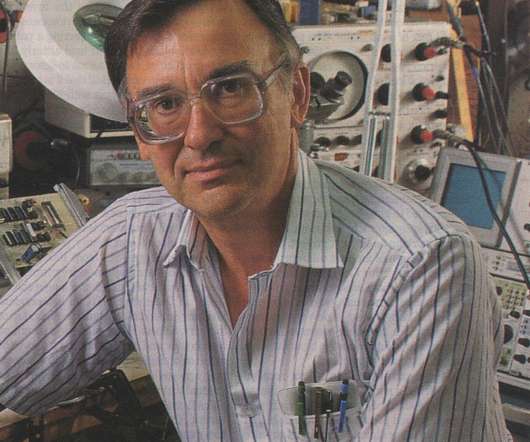









Let's personalize your content